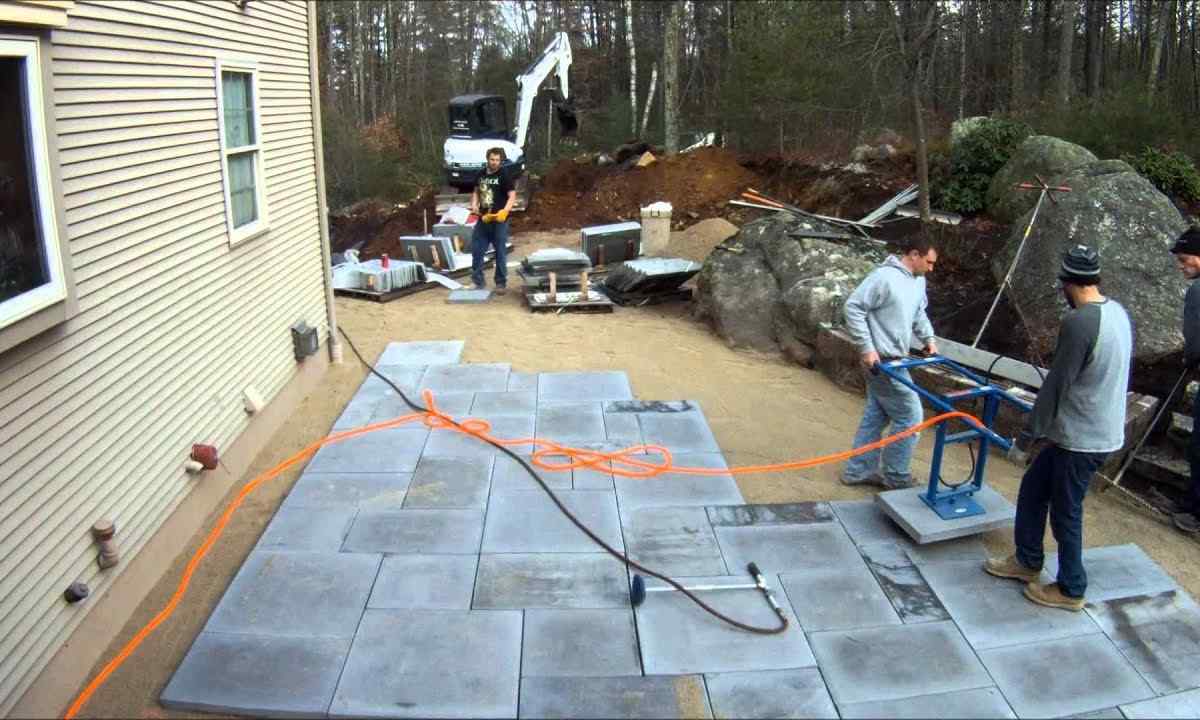Production of paving slabs does not require the difficult equipment, and process does not differ in labor input unless it is necessary to stock up with chutochka of patience and to buy necessary materials. Molds for this purpose it is easily possible to make with own hands or to use the disposed tanks suitable in form and the size.
It is required to you
- - concrete mixer;
- - vibrotable;
- - forms for tile;
- - shovel;
- - bucket;
- - crushed stone;
- - sand;
- - cement;
- - softener;
- - dye;
Instruction
1. Forms for tile do of wooden bars of the necessary section by fastening them by metal corners. The size of bar is chosen so that edges of design were a little higher than future product. The wooden surface needs to be processed carefully plane and to smooth out abrasive paper to remove all roughnesses and roughnesses. The simplest option of mold – square, but it is possible to collect and hexagonal if to try a little.
2. If it is not going to do paving slabs of the big size, it is possible to use plastic food containers for this purpose, choosing those which do not publish crunch when pressing (they can break). Also the cut-off cardboard packages from under milk and juice will approach, and even children's molds for game in sandbox – the path laid by various figures will look originally. Before work of mold it is necessary to grease. For this purpose take engine oil in number of 50 grams and 1.5 liters of water dilute it.
3. It is better to use the concrete mixer as manual mixing not always provides good uniformity of structure to mixing of concrete solution. Internal walls of the device need to be humidified well before laying of components. On 3 buckets of cement 2 buckets of water are required. After initial vymeshivaniye add softener at the rate of 200 grams on 40 liters of ready solution, surely having diluted powder in 1 liter of water.
4. Along with softener, pigmental dye of concrete which is dissolved in warm water in advance is entered and carefully stir. Crushed stone and sand is entered into the received cement slurry, and mix is finally kneaded to homogeneous mass. Further process requires vibrotable which can be rented for a while or to make independently, having established springs under cover of normal table and having attached to the lower part of table-top the electric motor with the clown attached to it.
5. Ready concrete is spilled in the molds which are previously spread out on vibrotable. Then for about 5 minutes include vibration and add concrete weight to those forms where there was strong draft or surface time was formed. Formation of white film on the surface of concrete shows that the tile can be removed from table and to lay in the dark room on 24 hours. After that it is exempted from forms and maintained within several days prior to laying.

